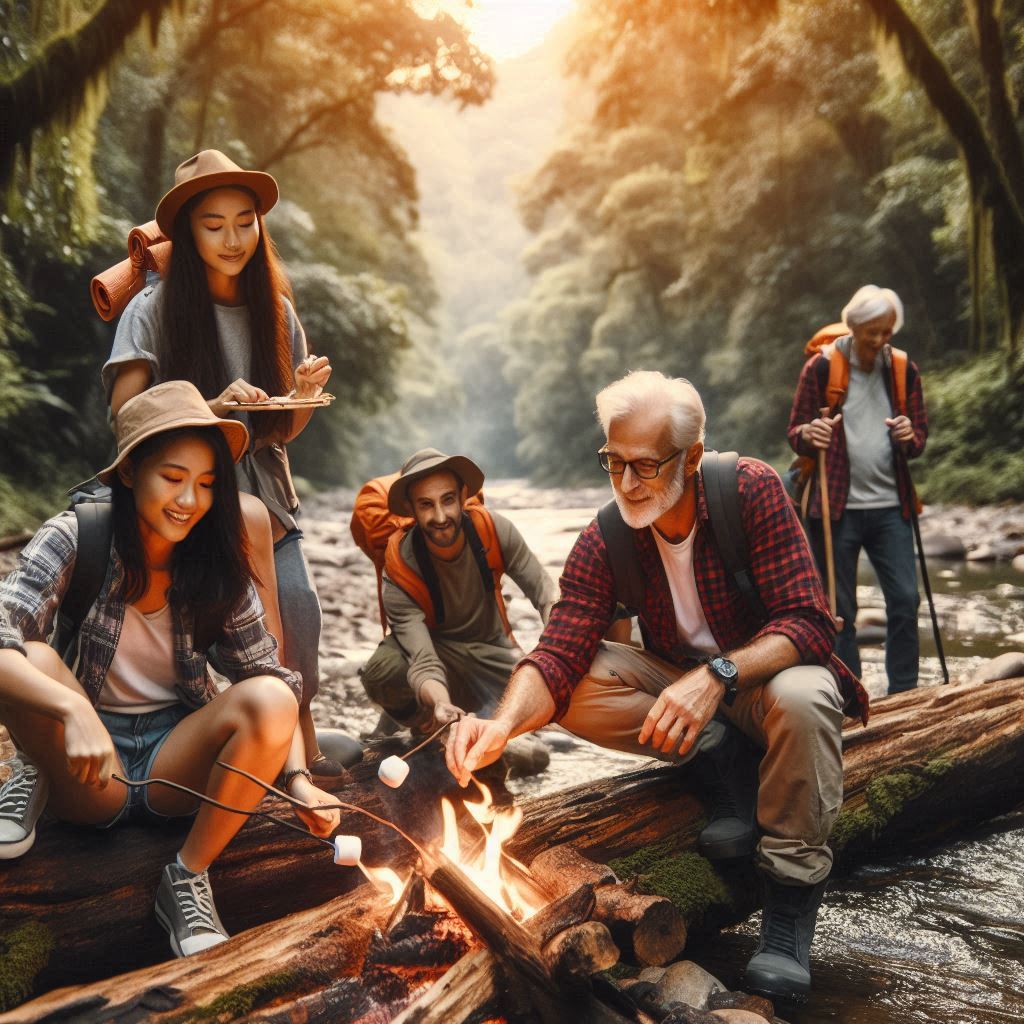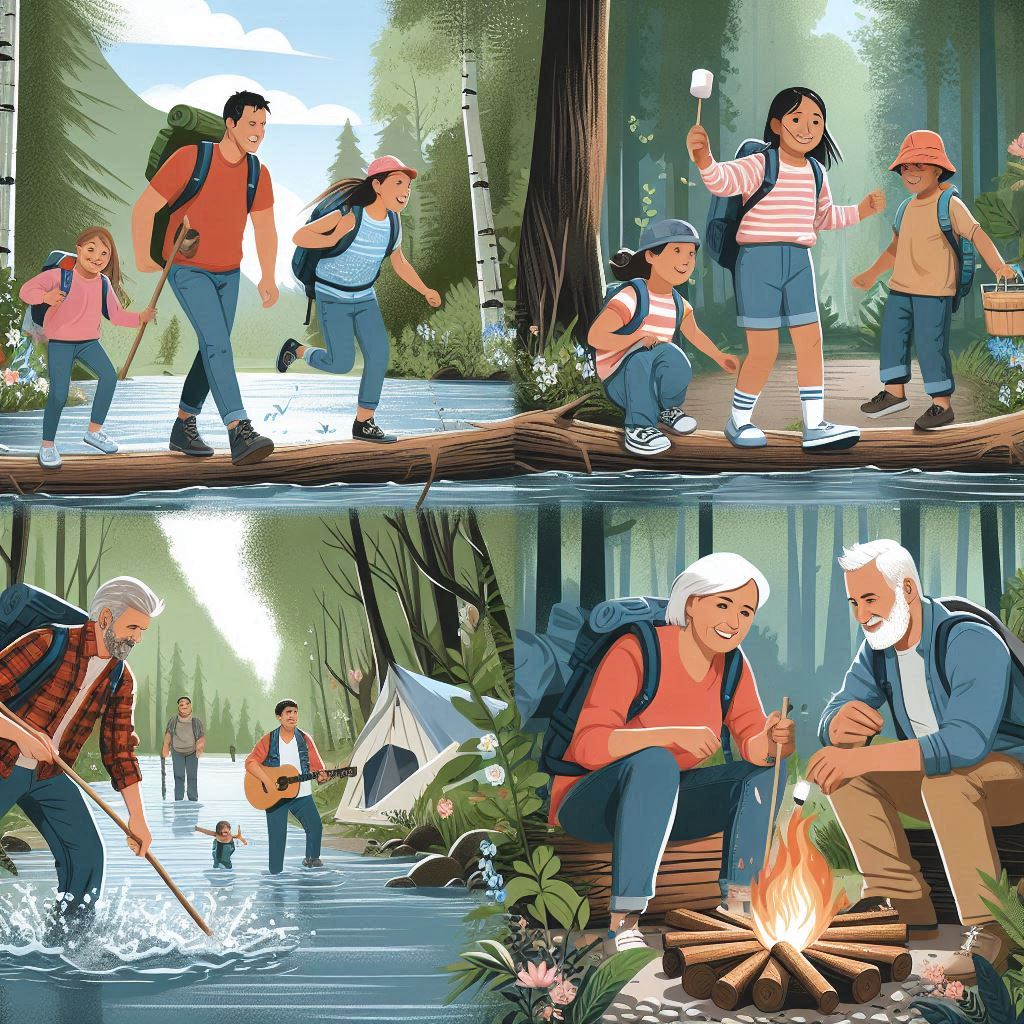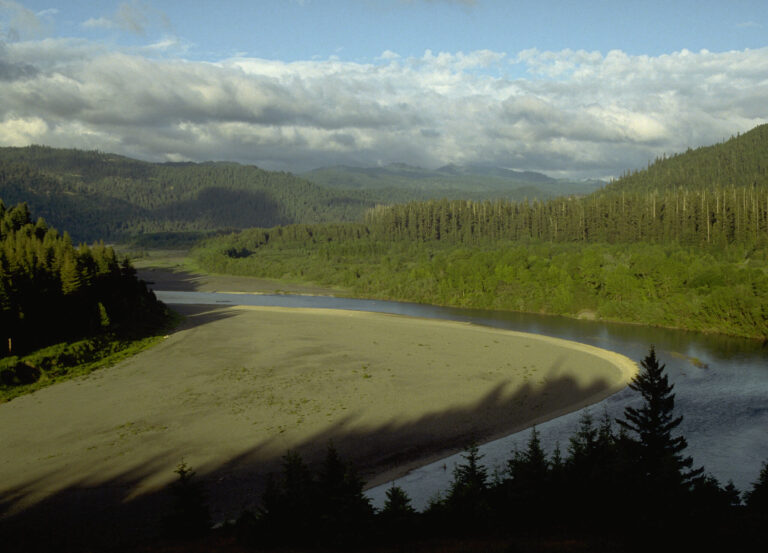Microadventures for Resilience Building
In a world filled with constant demands and stressors, building resilience has become more crucial than ever. But resilience isn’t just about toughing it out through hard times; it’s about adaptability, flexibility, and a willingness to face challenges head-on. Enter microadventures—a simple, yet powerful way to build resilience and adaptability through short, spontaneous adventures close to home.
Understanding Microadventures
What Are Microadventures?
Microadventures are small, accessible outdoor activities that can be done close to home, often within a day or even just a few hours. Unlike grand, expensive expeditions, microadventures are low-cost and require minimal preparation. Examples include hiking a nearby trail, camping in your backyard, or even exploring a new part of your city.

The Appeal of Microadventures
The beauty of microadventures lies in their accessibility and affordability. You don’t need to take time off work or spend a lot of money. These mini-escapes offer a break from routine without the logistical hassles of traditional travel. The low commitment, high reward nature of microadventures makes them an excellent way to recharge and gain new perspectives.
The Science Behind Resilience
What is Resilience?
Resilience is the ability to recover from setbacks, adapt to change, and keep going in the face of adversity. It’s a psychological trait that helps people bounce back from difficulties and grow stronger over time. In our fast-paced world, resilience is essential for maintaining mental and emotional well-being.
How Resilience is Developed
Resilience isn’t something you’re born with; it’s something you develop through experience. Neuroplasticity, the brain’s ability to reorganize itself by forming new neural connections, plays a key role in resilience. By facing challenges and overcoming them, we strengthen our mental and emotional capacities, making us more adaptable and capable in the future.
How Microadventures Foster Resilience
Embracing Uncertainty
One of the most significant benefits of microadventures is the opportunity to embrace uncertainty. Whether it’s navigating an unfamiliar trail or adjusting plans due to unexpected weather, these experiences teach us to adapt on the fly. Over time, this practice builds confidence in our ability to handle whatever life throws our way.
Stress Management through Nature
Spending time in nature is a proven way to reduce stress. The natural environment has a calming effect on the mind, helping to lower cortisol levels and promote relaxation. Microadventures, often set in natural surroundings, serve as a form of mindfulness, allowing us to disconnect from daily stresses and reconnect with the present moment.
Enhancing Problem-Solving Skills
Microadventures often involve real-life problem solving, such as figuring out the best route to take or how to set up a tent in the dark. These challenges require cognitive flexibility and quick thinking, both of which are essential components of resilience. The more we practice these skills in low-stakes environments, the better prepared we are for more significant challenges.
Practical Microadventure Ideas
Urban Exploration
You don’t need to venture far to experience a microadventure. Urban exploration offers a chance to discover hidden gems in your city, whether it’s a new park, a historic site, or a scenic route. Nighttime walks and local history tours can add an element of excitement to your everyday surroundings.
Outdoor Escapades
For those who crave nature, nearby hiking trails or local parks offer a perfect setting for a microadventure. Spend a day hiking, or pack up for an overnight camping trip close to home. The goal is to immerse yourself in the natural world, even if just for a short time.
Water-Based Activities
If you’re near a body of water, consider activities like kayaking, paddleboarding, or wild swimming. These water-based microadventures provide a refreshing change of pace and a chance to connect with nature in a different way.
Incorporating Microadventures into Your Routine
Making Time for Microadventures
The biggest hurdle to incorporating microadventures is often time. However, by integrating these adventures into your daily schedule, you can make them a regular part of your life. Consider setting aside a few hours on the weekend or even during a weekday evening to explore new places or try new activities.
Balancing Adventure with Responsibilities

It’s essential to find a balance between adventure and daily responsibilities. Microadventures shouldn’t add stress to your life; instead, they should offer a break from it. Planning for spontaneity may sound contradictory, but having a flexible plan in place allows you to seize opportunities for adventure without neglecting your duties.
The Long-Term Benefits of Microadventures
Building a Resilient Mindset
The cumulative effect of regular microadventures can lead to a more resilient mindset. By continually stepping out of your comfort zone, you develop a growth-oriented approach to life, where challenges are seen as opportunities rather than obstacles.
Strengthening Social Connections
Microadventures also provide an excellent opportunity to bond with friends and family. Shared experiences, whether it’s a hike in the woods or a nighttime city exploration, create lasting memories and strengthen social connections. Additionally, group adventures can help expand your social circle, introducing you to like-minded individuals.
Conclusion
Microadventures are a powerful tool for building resilience and adaptability. These small, spontaneous adventures allow us to break free from routine, embrace uncertainty, and develop essential life skills in a fun and accessible way. Whether you’re exploring your city, hiking a local trail, or trying a new water activity, microadventures offer a simple yet effective way to enhance your resilience and enrich your life.
FAQs
What are the best microadventures for beginners?
For beginners, urban exploration and short hikes in nearby parks are excellent starting points. These activities are easy to plan and don’t require much equipment or experience.
How often should I go on microadventures?
There’s no set rule, but incorporating microadventures into your routine once or twice a month can provide consistent benefits without overwhelming your schedule.
Can microadventures help with stress and anxiety?
Yes, spending time in nature and engaging in new activities can reduce stress and anxiety. Microadventures offer a break from daily routines, allowing you to recharge and gain perspective.
Do microadventures require special gear or equipment?
Most microadventures require minimal gear. Comfortable clothing, a backpack with essentials like water and snacks, and a good pair of shoes are often all you need. For more specialized activities like kayaking or camping, you might need specific equipment, but even these can be rented or borrowed.
How do I find microadventure locations near me?
Start by exploring local parks, trails, and natural reserves. You can also use apps and websites that list nearby hiking spots, historical sites, or water bodies. Sometimes, just wandering a different neighborhood can lead to unexpected discoveries and spontaneous adventures.






